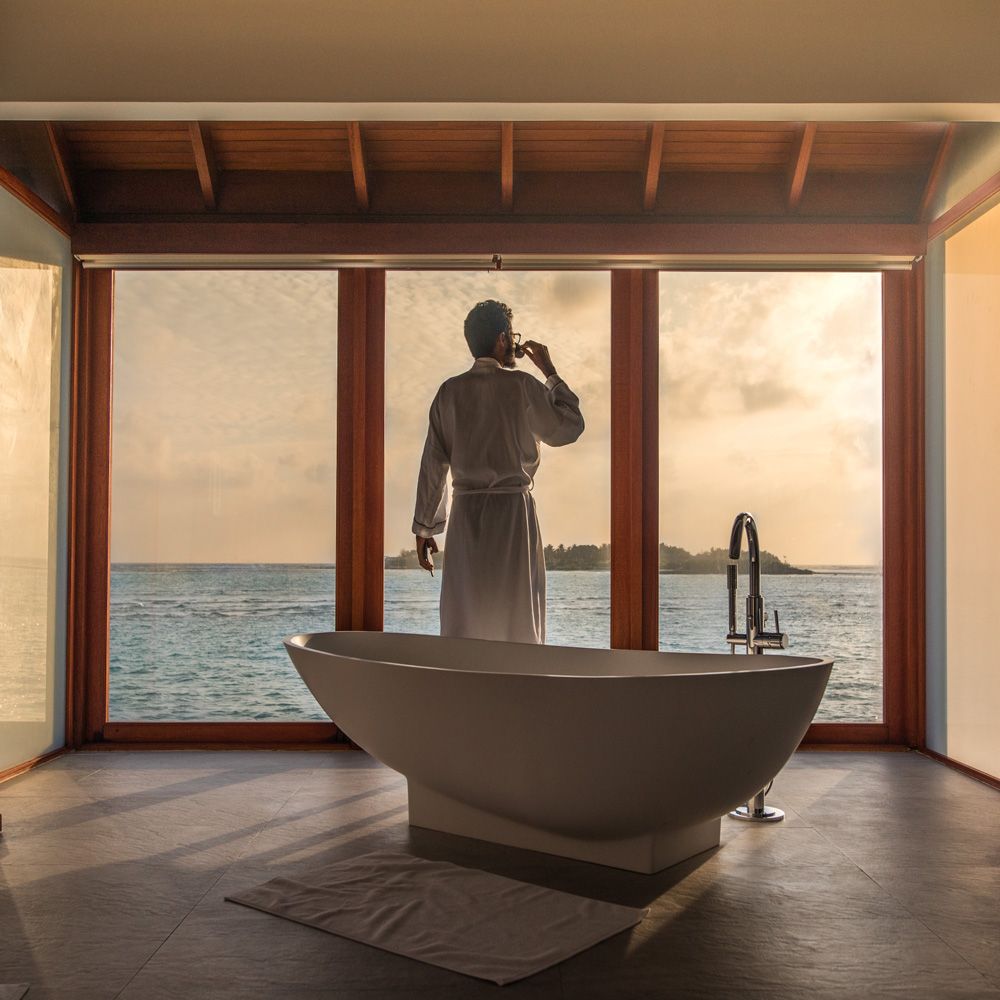Boating is a big-time activity that can be shared with your couples, family, or friends. However, since it’s seasonal for most people, you will need to do a few check-ups to prepare for the first season trip. Boat preparation is essential for your safety and ensuring your vessel remains in service all year-round. While you may want to call your local boat mechanic, most of the things you can check yourself. Here are some tips to get your boat ready for summer.
1. Fit your vessel with a boat top
A boat top gives you a break from the persistent summer sun so you can remain cooler and enjoy your time on the water much longer. Thanks to the design of Stryker T-Tops, you can still enjoy plenty of fresh air and cool breezes while out in the sun. Boat tops come in different sizes, colors, and shapes, making them a great way to customize your boat. You can order a simple sunshade or invest in a full canvas with windows and doors. When choosing a boat top, consider the uses of the vessel. If, for example, you are going to use your boat for fishing, a T-top may provide more convenience.
2. De-winterize your boat’s engine
Many boats sit unused on the harbor for three or more months before summer. This can cause the rot horses and other rubber parts to dry from salt air and extreme temperature changes. In addition, fuel in the engine tank may break down, while moisture can lead to corrosion of metal parts and electrical systems.
If the oil has been in the engine for months, consider draining it out and replacing it with fresh fluids. Old fuel can clog your engine components and possibly cause damage to your boat. Check all of the cables and hoses on your boat engine, including fuel and coolant hoses, and ensure they are tight and secure.
3. Check the water pump and thermostat
Proper temperature is key to your boat engine life. The water pump utilizes a rubber impeller to pump water and cool the engine, and these impellers generally have a lifespan of two years or 200 hours. Check the water pump to ensure it’s not overheating, and that water properly flows through the motor. In addition, flush the system and replace the antifreeze according to the instructions in the manufacturer’s manual.
4. Paint the bottom
Paint the bottom of your boat with antifouling paint if it has stayed in the water year-round. Anti-fouling coating protects the haul from marine substances such as seagrasses and mollusks, which can latch onto the hull, slowing it down or increasing fuel consumption. Use a scraper to remove loose paint if the boat has been out of the water for a while. After that, lightly sand the entire bottom with fine-grit sandpaper to restore the effectiveness of the paint.
5. Check the battery
Inspect your battery strength and fluid levels if your boat has been sitting for a couple of weeks or months unused. Boat electronics, including a stereo, radio, GPS, and radar, can drain your battery, so be sure to leave its switch off whenever your battery is not in use. Boat batteries have a lifespan of up to five years, so any battery that reaches about four years should be replaced. Check your battery for corrosion or rust, and use a wire brush to clean the connection if necessary. Regular cleaning and greasing of the battery can help increase its lifespan.
6. Get a tune-up
If you are inexperienced with boat engines or are in the learning phase, spring is the time to schedule a tune-up with a licensed engine technician. During the tune-up, your local mechanic will conduct a compression test, check your water pump and seals, and test the spark plugs. They will also change the lubricant in the lower unit and perform any other necessary services as specified in the owner’s manual.
7. Replace filters
Remove and replace fuel filters if needed. Ethanol-blended gasoline used in most boats can dissolve debris attached to your gas tank lining and send it directly to the engine. In addition, ethanol may pull moisture from the outside air to your oil tank. Experts recommend regularly changing your water separator and fuel filters to prevent side effects. Change the fuel filter and water separator annually or every 100 hours.
Endnote
Preparing your boat for the summer can be a bit overwhelming, but a lot of fun awaits you once it’s ready. When the sun is shining down and reflecting off the water, you will hardly remember the time you spent fixing the engine and painting your haul. Apply these tips to address your boat’s most significant parts as you prepare for the summer.
Carol
Information sourced by the author for luxuryactivist.com. All content is copyrighted with no reproduction rights available. Images are for illustration purposes only.








